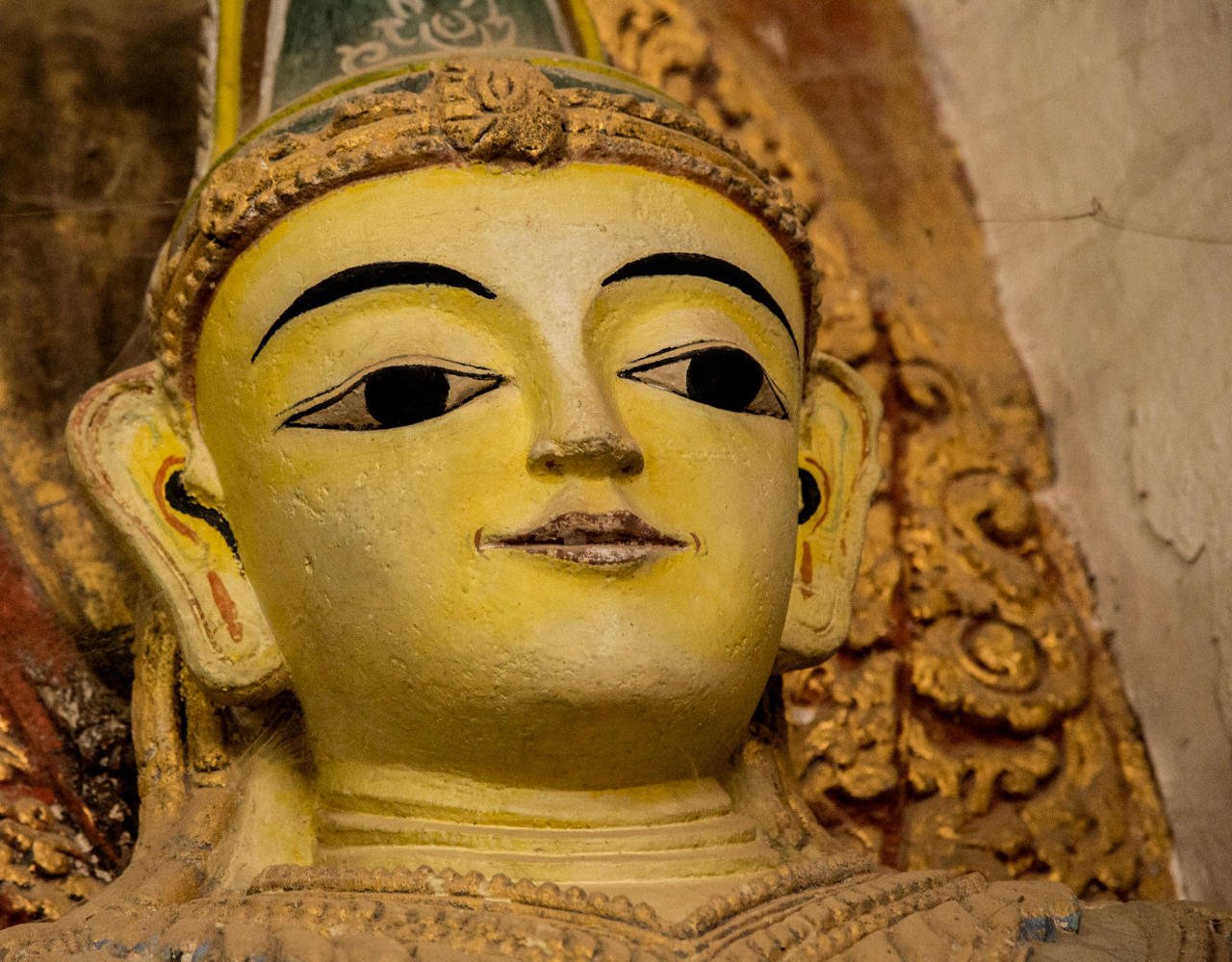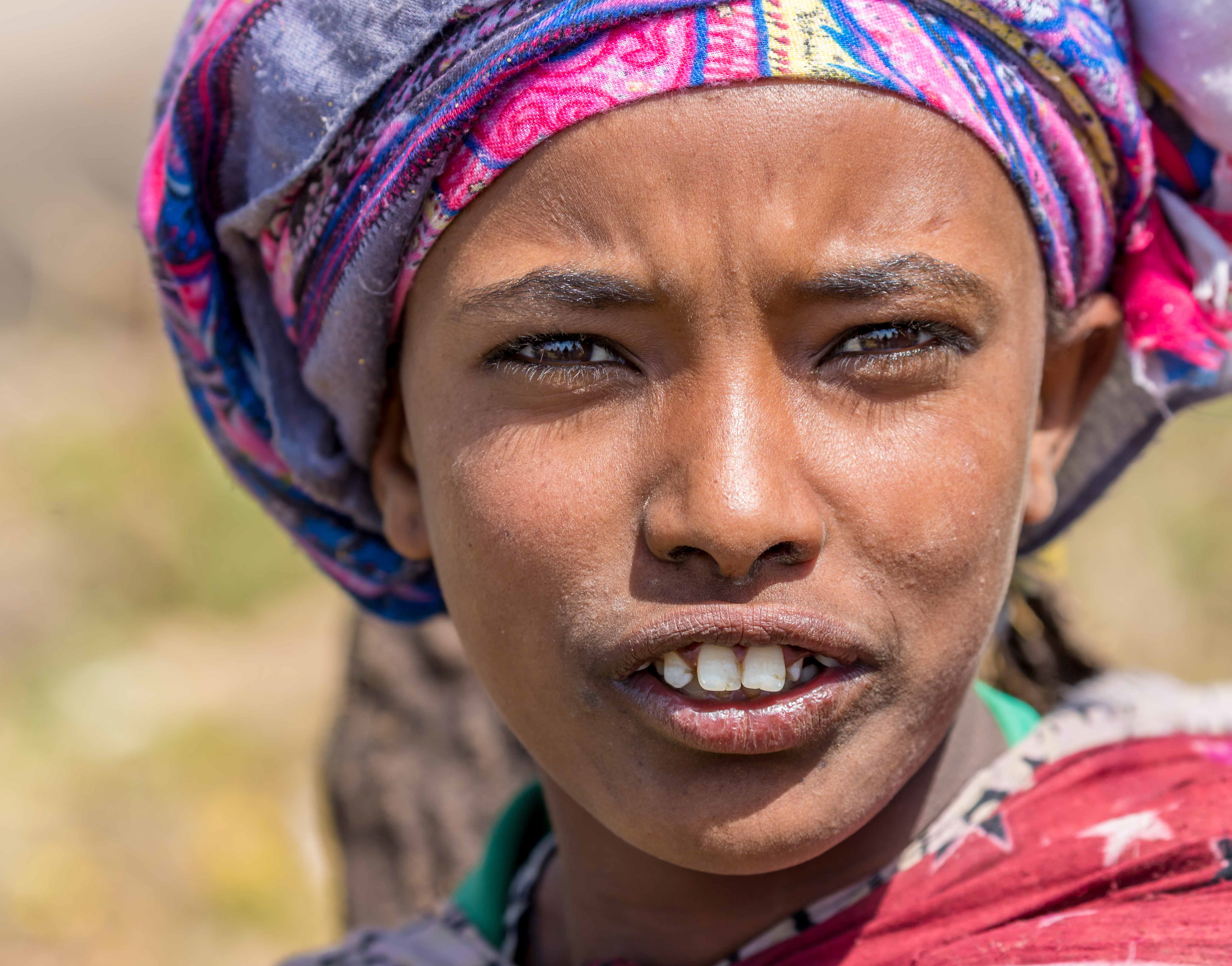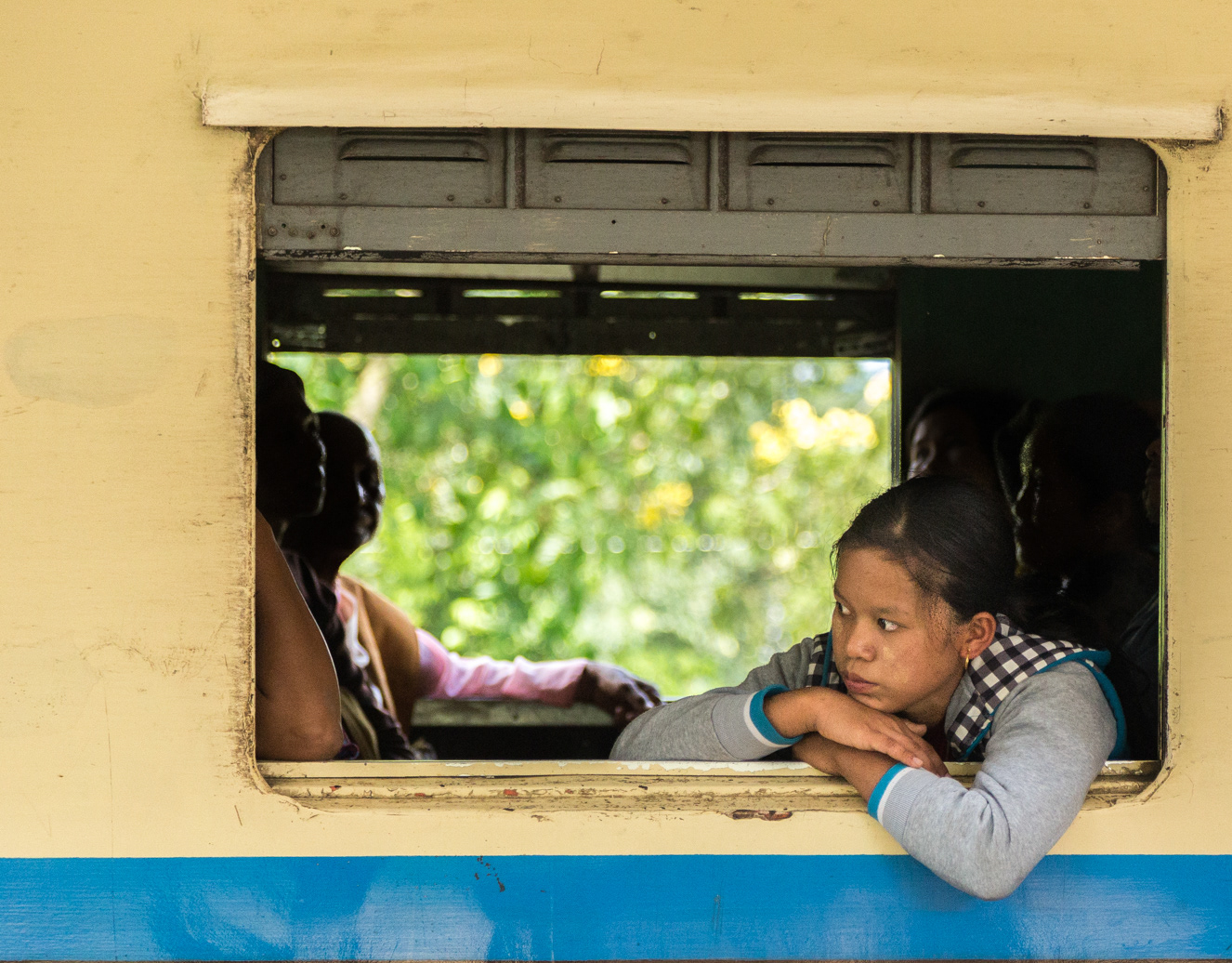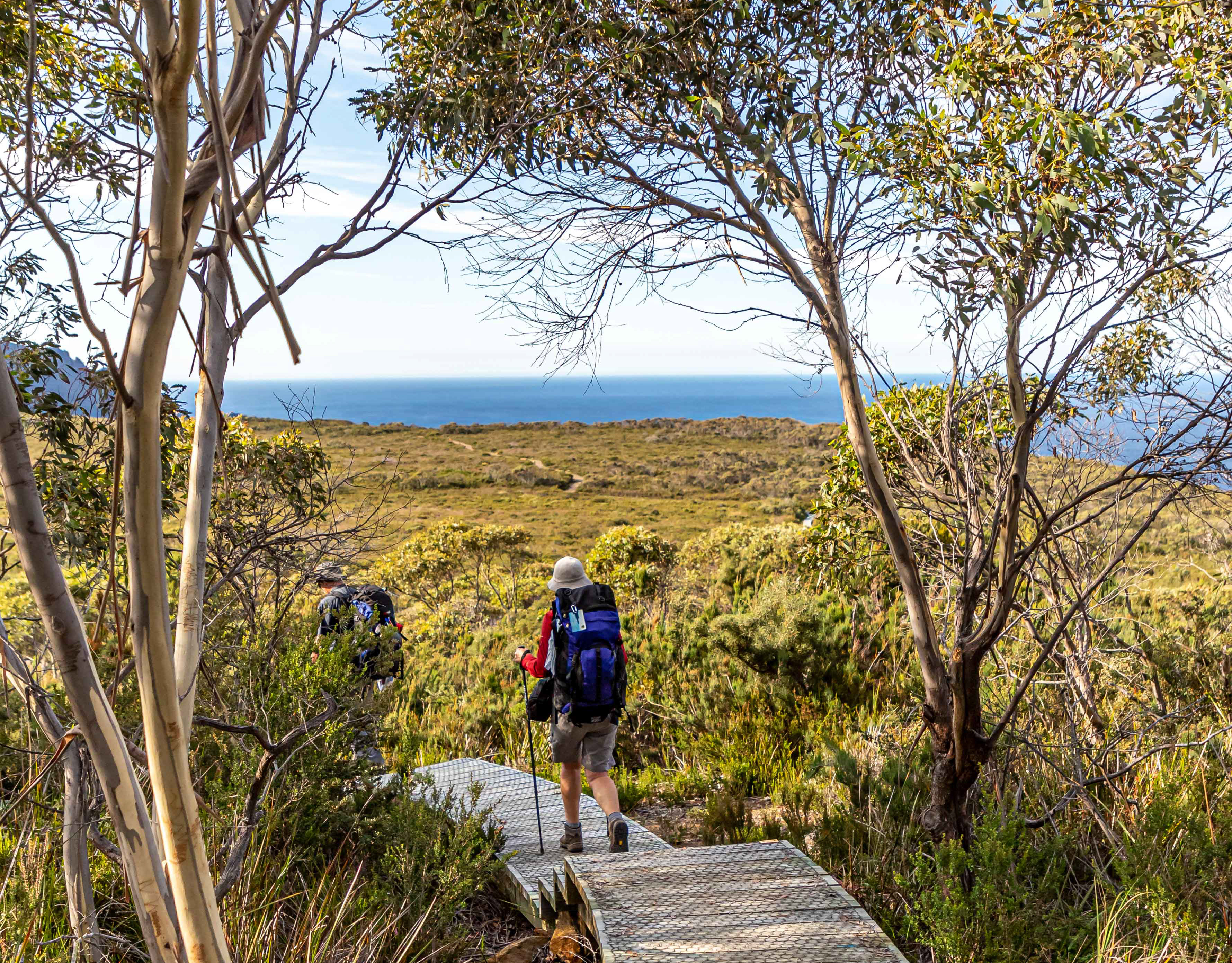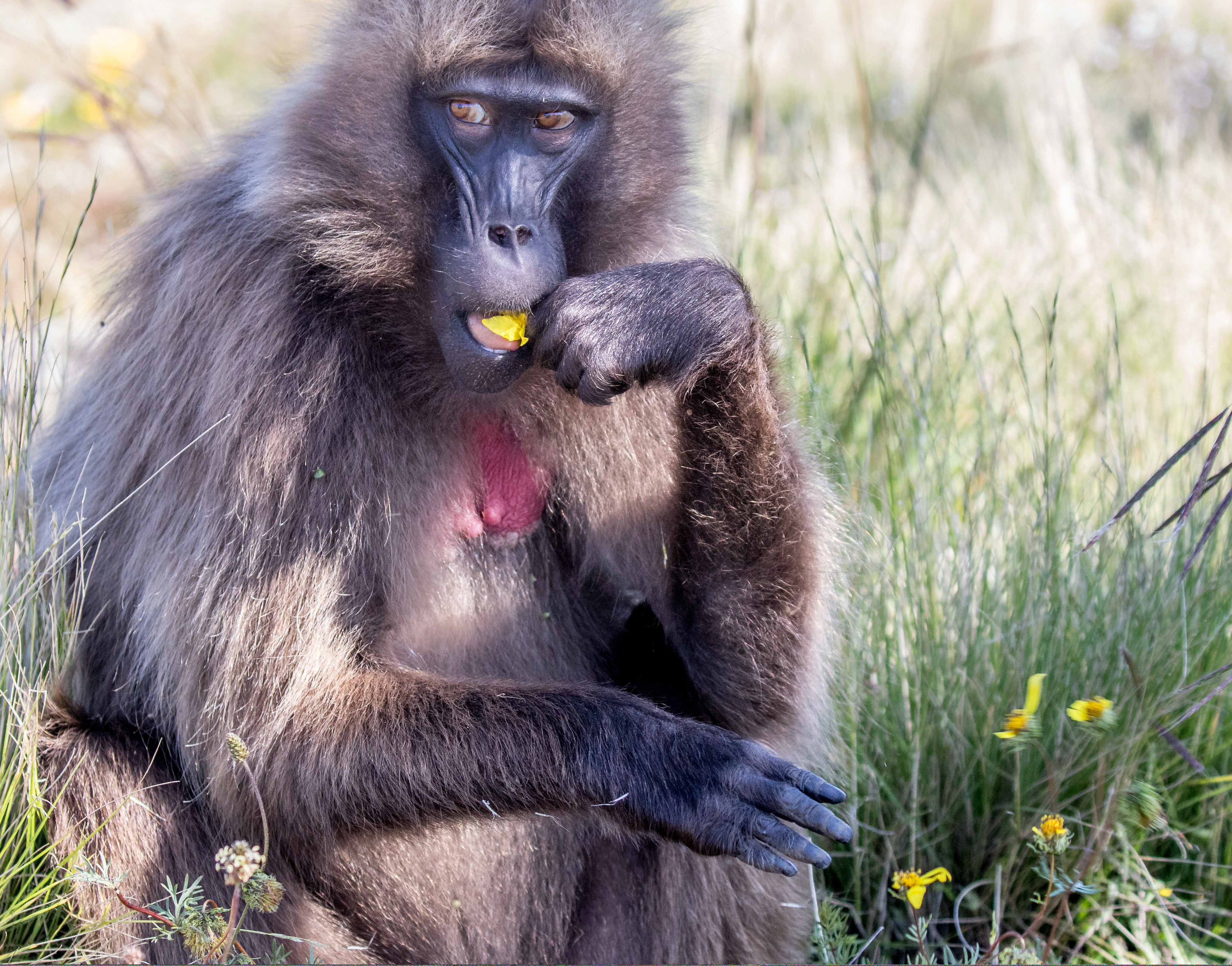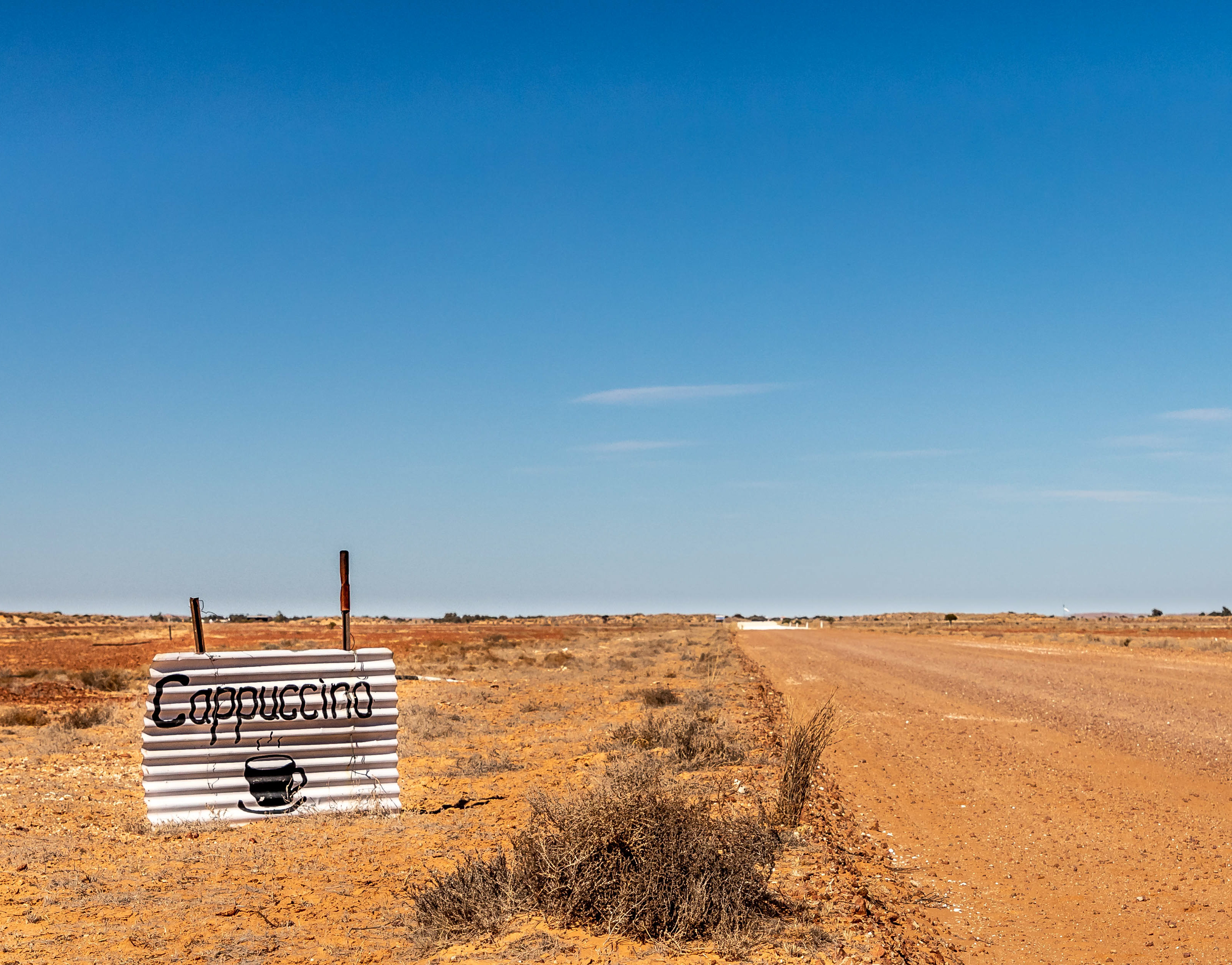Draught
There are around 15 million cattle in Myanmar, the highest number of any Asian country. Fifty percent are located in the Central Dry Zone (CDZ) between Naypyitaw and Mandalay. The CDZ receives between 600 and 1000mm of rainfall annually with the majority falling during the wet season from July to October. Animal feed is in plentiful supply during this period but becomes scarce during the hot dry months, particularly the period from April to the start of the wet when farmers have to work hard to ensure their animals are well fed. Regulation dictates that no cattle be sold for slaughter under 16 years of age. This may seem unusual as you would imagine that farmers would want to sell cattle for slaughter to earn cash to support their families. However, while there is export potential to surrounding countries, beef actually constitutes a relatively small component of the local diet with cattle currently having a much more important role to play. Cattle are critical to agricultural production, providing the draught power required to till the land and to draw the wagons which are an integral part of the rural transport system. Without access to cattle for draught, the system would grind to a halt, hence the stipulation that cattle not be sold at a young age. Going into the villages it is obvious the lavish care extended to these animals, they live in the family compound and are loved and treated with all the care possible, and fed to ensure that they will be able to undertake the tasks required when called upon. Unlike mechanised forms of agriculture which are generally noisy, these regal animals seem to glide through the landscape as they go about their work, the only noise being the jingle of their tackle and words of encouragement from their handler. The challenge however, is how to supply the feed required to keep these animals in top shape 365 days of the year. In the early wet season, native grasses and some browse plants are available, and as the season progresses, fresh forage sorghum and the residues of leguminous food crops such as pigeon pea, butter bean and ground nut come on stream. The challenges begin when the rains stop, with the farmers attempting to conserve sufficient forage during the good times for later use. This is not always possible. The team of researchers from Myanmar, Thailand and Australia of which I am a part, is aiming to introduce grasses and legumes that are commonly grown in tropical countries in Asia, America and Africa to improve the nutritional quality of the animal feed and contribute to consistency of seasonal supply. This includes the conservation of forage as hay for later use and the identification of drought tolerant plant species that allow fresh material to be fed much longer into the dry season. The impact of the on-farm research, undertaken in collaboration with the farmers of Ya Thar and Kyauk Aoe villages, and wider demonstration and training in the benefits of the new forages has been promising, with over 50 farmers growing and feeding the new species to their cattle in 2016. The next challenge lies in expanding these technologies to other townships in the CDZ.
